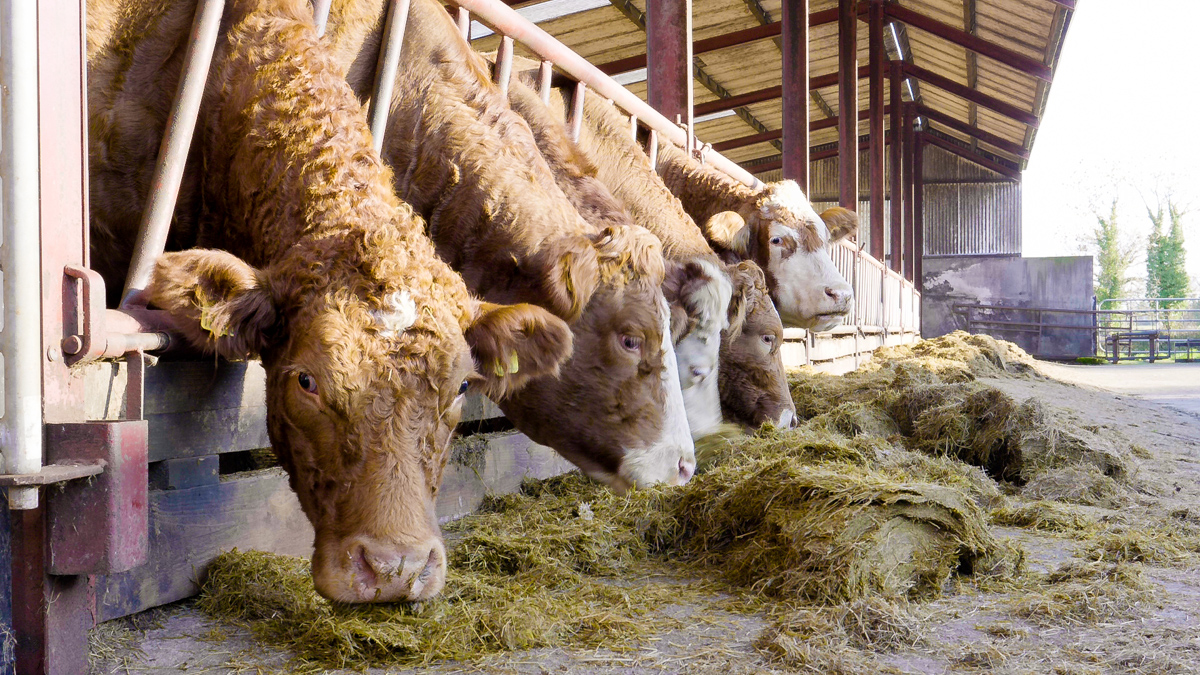Finding the correct balance in providing mineral supplementation for suckler cows can sometimes be a tricky task.
Coming up to the spring-calving season, it is important that farmers offer the right pre-calving minerals to dry cows to increase their chances of having a successful and healthier calving.
Pre-calver minerals can be fed to dry cows four-to-six weeks pre-calving, but ideally, these should be fed earlier if possible. These can be fed using powdered minerals which can be spread over the top of silage in front of the cows or as part of a total mixed ration.
Minerals can also be provided through the use of lick buckets, placing mineral tablets into the water trough or dosing the cows with a bolus.
Impact of mineral nutrition pre-calving
There are a number of reasons why farmers need to take a look at their levels of mineral supplementation in their herd. For cows it will reduce the threat of milk fever, slow calving, retained cleaning and also have an impact on uterine and udder health.
For the newborn calves, providing the correct minerals should see more vigorous calves at birth. It will avoid stillbirths, abortions and white muscle disease due to a deficiency.
What minerals should I be focusing on?
There are four important elements that need to be supplemented pre-calving which include magnesium (mg), phosphorus (P), selenium (Se) and iodine (I). Following this, farmers also need to keep an eye on the level of other trace elements and vitamins being fed.
If providing powdered minerals, the table (below) illustrates the level of minerals which should be provided in suckler cows’ diets pre-calving.
After going to the effort of supplying the correct minerals, it is important that they are fed correctly. If using a top-dressing mineral ensure that the feeding rate is correct and that the product used is weighed out correctly.
Providing adequate room for cows at feeding is also advisable – minerals may have to be provided twice a day to ensure that all cows get the required amount.
Testing of the silage being fed to the cow is highly recommended as this will not only provide you with the level of dry matter digestibility (DMD) – but it also provides the potassium (K) content of the feed.
If a farmer wishes to find out if the herd is suffering from a mineral deficiency, blood samples can be taken and tested. Depending on the size of the herd, these samples can be taken from five-to-10 cows which should provide a representative result.


